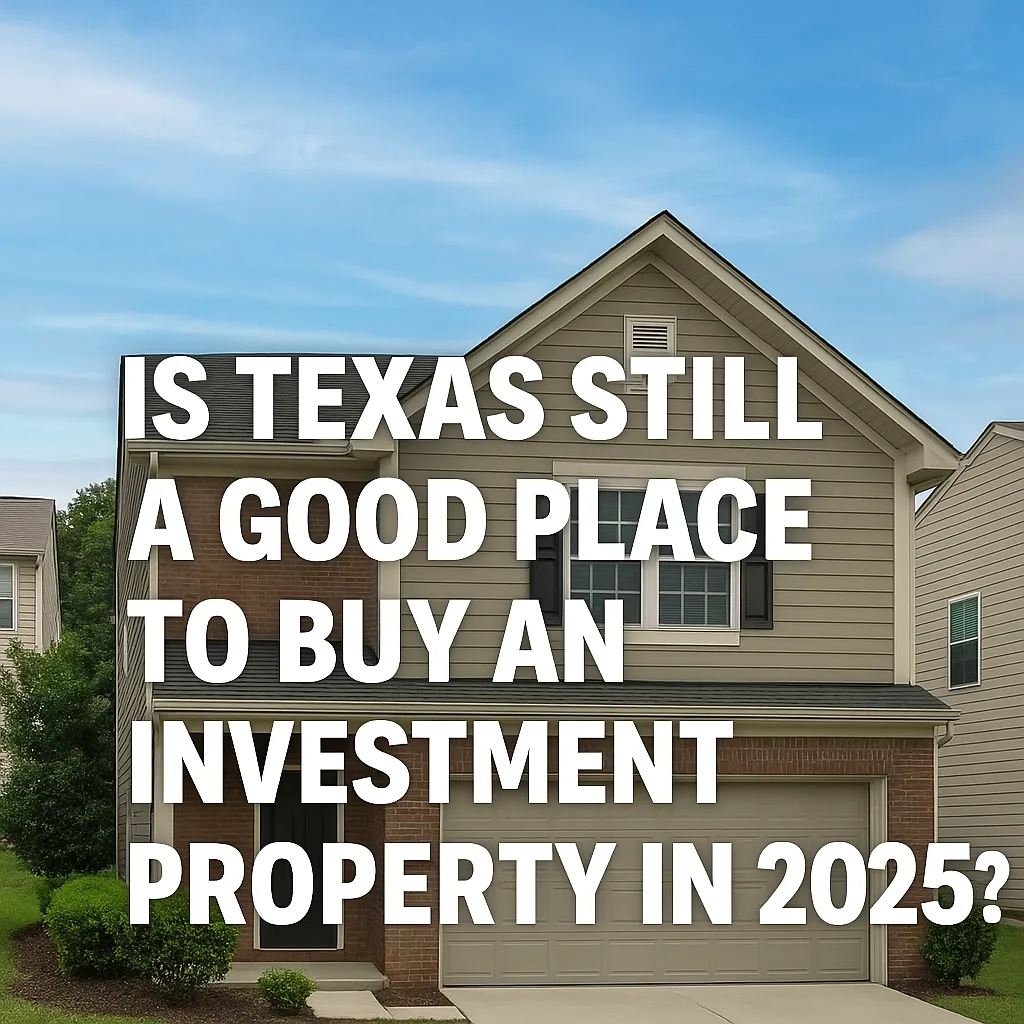ATTENTION: Texas Real Estate Investors
Buy Your Next Texas Investment Property — Better Rates, Faster Closings, Flexible Loans
No W-2? No problem — DSCR, Fix & Flip, and Rental Property Loans for Texas Investors

About Us
MPS Mortgage LLC
For nearly 30 years, MPS Mortgage has helped buyers and investors make smart, confident moves in real estate.
We’re built on one simple belief: speed wins — and great customer service makes it happen.
When you work with MPS, you’re not just another loan in a stack of paperwork. You have our full attention, clear communication, and a team that works proactively to handle the hard parts upfront — so you can close faster and with less stress.
To us, you’re not a transaction. You’re a partner. We take pride in building lasting relationships and giving you the tools, answers, and support you need to succeed, deal after deal.
Experience what makes MPS Mortgage different — where your goals come first, and your time matters.
Upfront prep means zero last-minute surprises
Clear updates — you’re never in the dark
Trusted by buyers and investors alike
How is financing an investment property different from buying my own home?
Lenders often require a larger down payment (typically 20–25%) and may look more closely at your debt-to-income ratio and credit score. Rates can also be slightly higher than for a primary residence.
Does MPS Mortgage LLC work with first-time investors?
Yes! Whether you’re buying your first rental or adding to your portfolio, we help new and experienced investors understand their options and avoid common mistakes.
How long does it take to close on an investment property loan?
Nationally, it usually takes 30–45 days from application to closing — but at MPS Mortgage LLC, we get it done in 2 weeks or less in most cases. Our team moves fast and keeps you informed at every step so you can lock in deals without delays.
How does MPS Mortgage LLC close loans so quickly?
We do the hard work upfront — gathering all your documents, double-checking details, and tackling potential issues before they become delays. Plus, we believe in constant communication: you’ll always know what’s happening and what’s next. This proactive approach lets us close most investment property loans in 2 weeks or less, while others can take over a month.

Is Texas Still a Good Place to Buy an Investment Property in 2025?
Is Texas Still a Good Place to Buy an Investment Property in 2025?
If you’ve been thinking about buying a rental or flip in Texas, you’re not alone — investors from across the country keep pouring money into cities like Dallas, Houston, Austin, and San Antonio.
But is it still worth it this year? Here’s what the numbers — and some local reality — say about investing in Texas real estate right now.
Why Investors Love Texas (And Probably Always Will)
First, let’s get this out of the way: Texas has been an investor magnet for years. Why?
People keep moving here. Good jobs, lower taxes, and more affordable homes (compared to places like California) mean more people need housing.
Landlord laws favor owners. It’s generally easier to manage tenants and evictions here than in stricter states.
Prices appreciate steadily. Texas isn’t as wild as the coasts, but you can still count on home values creeping up about 3–5% per year on average.
So, the big picture is: if you buy smart and manage well, Texas real estate can generate decent passive income and grow in value over time.
What the Numbers Look Like Now
Here’s where things stand as we hit mid‑2025:
Across the U.S., the average rental ROI is about 5–10%. Savvy investors push for 8–12% or more.
House flippers nationwide made about a 29% profit margin last year.
In Texas, rents and home prices are still strong, but some cities are cooling off a bit after the hot pandemic years.
Where’s Hot — and Where to Be Cautious
Let’s break down the big four:
Dallas–Fort Worth
If you want both rental income and price appreciation, DFW is a sweet spot. It was named the top U.S. metro for real estate investment this year. Home prices rose about 38% since 2020, but they’re still affordable compared to big coastal cities. Plus, jobs keep pouring in.
Houston
Texas’s biggest city is still going strong. Average rent is about $1,850/month, and the typical house costs around $350,000. One twist: big Wall Street firms own about 10% of Houston’s single‑family rentals — so competition for homes can be stiff.
Austin
Remember when Austin was the hottest housing market in the country? Well, it’s finally catching its breath. Prices have dipped a bit and inventory is up. If you’ve been priced out before, this might be your chance to get in — just run your numbers carefully.
San Antonio
This city’s multifamily rents are leveling off. Some landlords are even offering deals to fill units. But retail and industrial properties here are stable if you’re thinking beyond houses.
What Should a Texas Investment Property Make You?
Aim for at least an 8–12% return after expenses — that’s your cushion for repairs, vacancies, and unexpected costs.
Keep in mind:
Down payments for investment properties average around 27% (way more than for a primary home).
Mortgage rates are hovering near 6%+ and probably won’t drop dramatically soon.
Repairs and good property management can make or break your cash flow.
The Big Risk: Policy Changes
Right now, Texas is pretty friendly to landlords. But some lawmakers are eyeing limits on how many homes big companies can buy up — because when corporations grab thousands of houses, local buyers struggle to compete.
So, stay informed — and if you’re a small investor, that could actually work in your favor in the long run.
So, Should You Buy Now?
Here’s my take:
If you find a good deal, run the numbers, and plan for realistic returns, Texas is still one of the better places to buy an investment property in the U.S.
DFW and Houston look strongest for steady rent and appreciation.
Austin and San Antonio could offer opportunities as prices soften — but only buy if the math makes sense today, not based on hype from three years ago.
Final Thoughts
Owning an investment property isn’t magic money — it’s a business. Texas gives you solid fundamentals: population growth, job opportunities, and friendly laws. But success comes down to buying right, keeping costs in check, and staying patient.
If you’re curious about running the numbers or choosing the right city, drop a comment or reach out — I love helping people break this stuff down in plain English.
What do you think? Would you buy an investment property in Texas this year?

© Copyright 2025. Dave Jacquart_MPS Mortgage LLC. All Rights Reserved.

